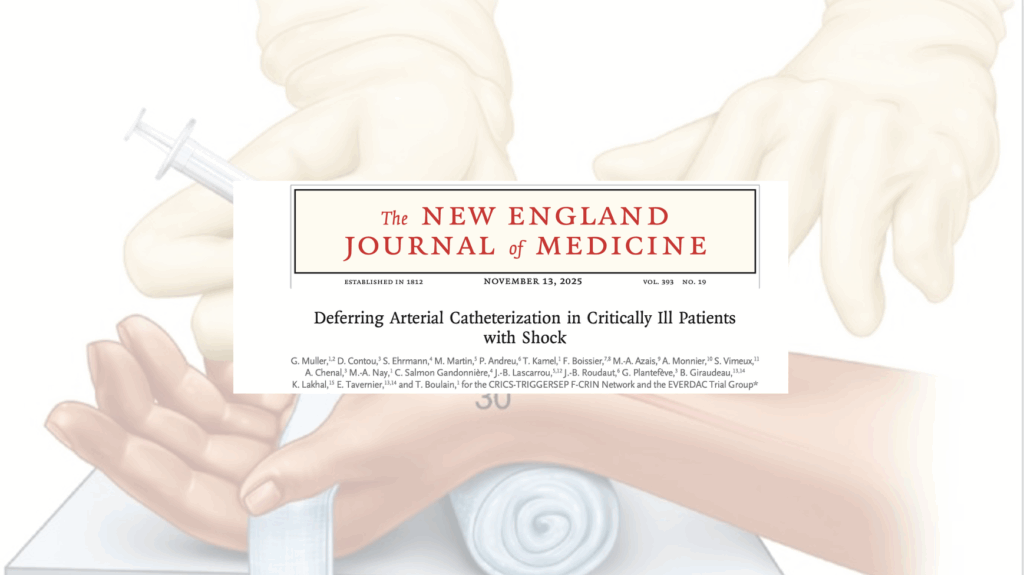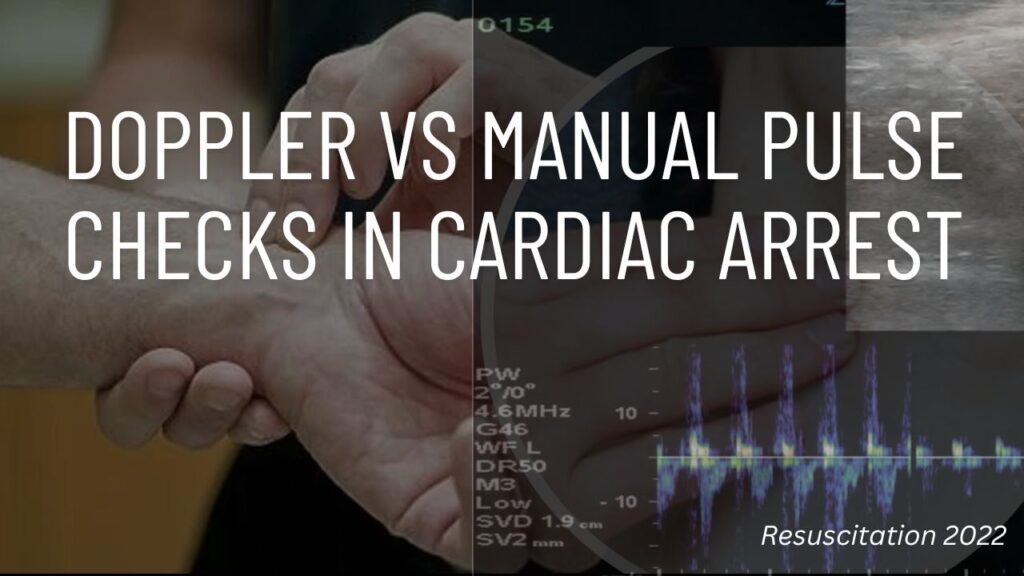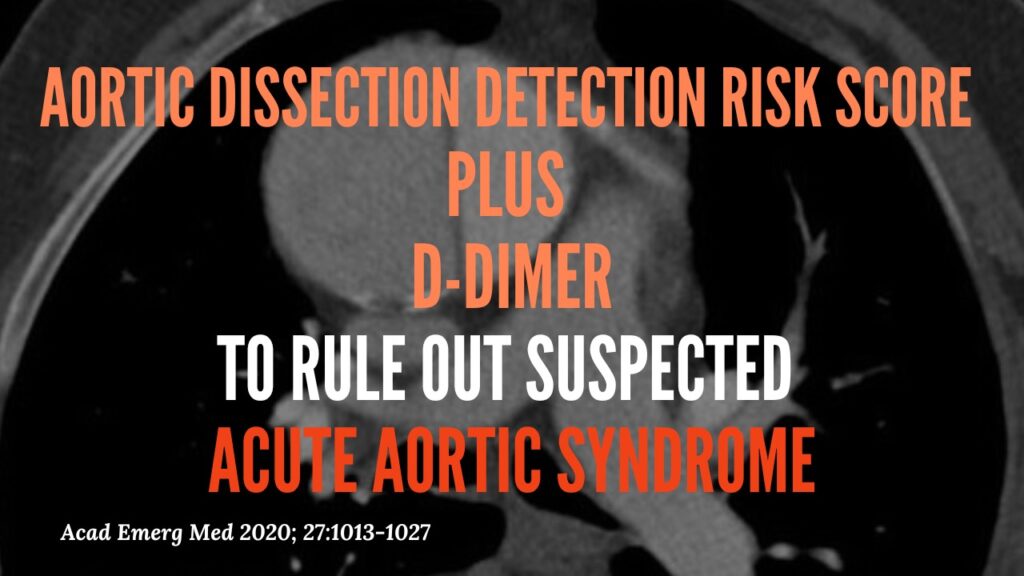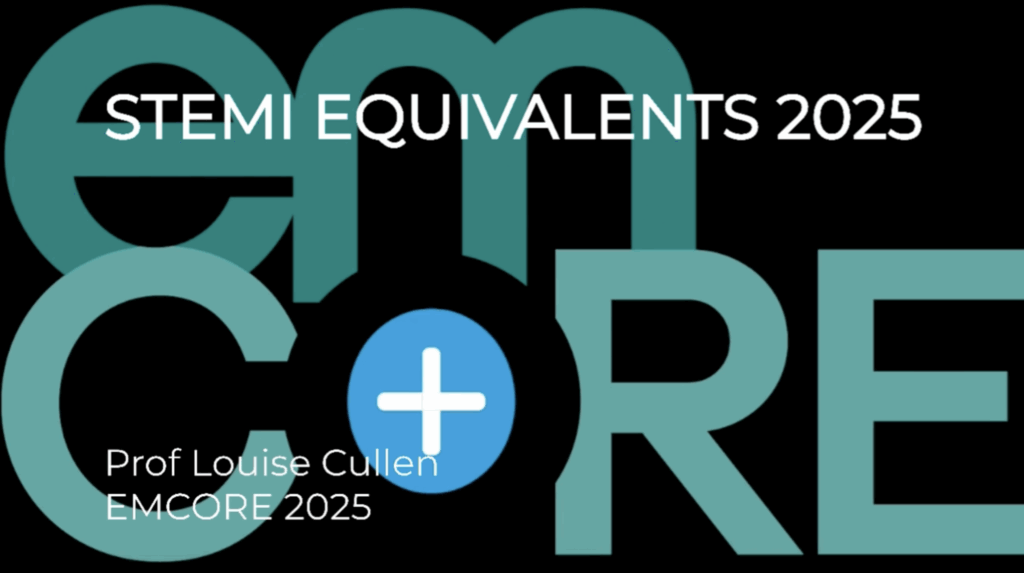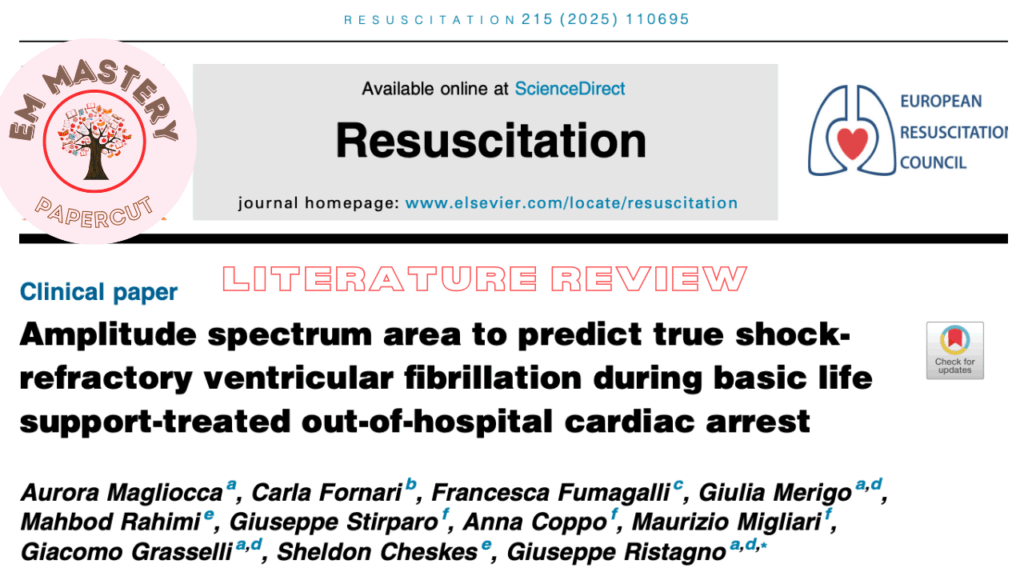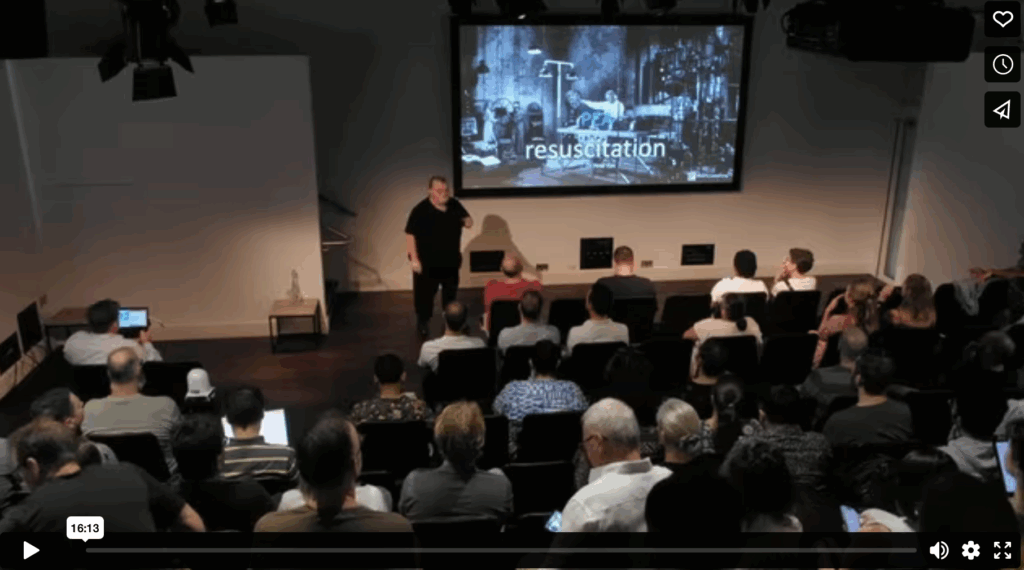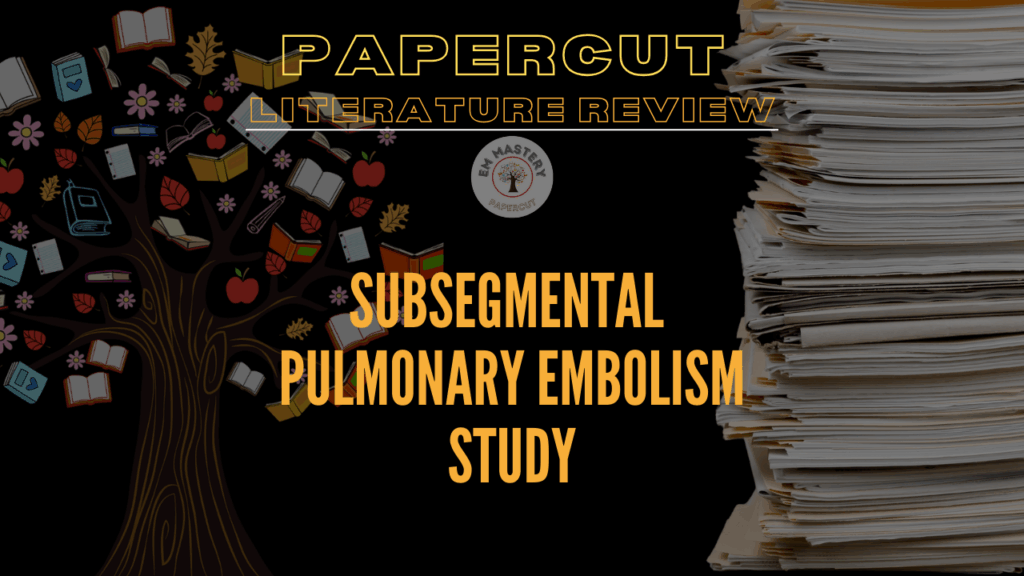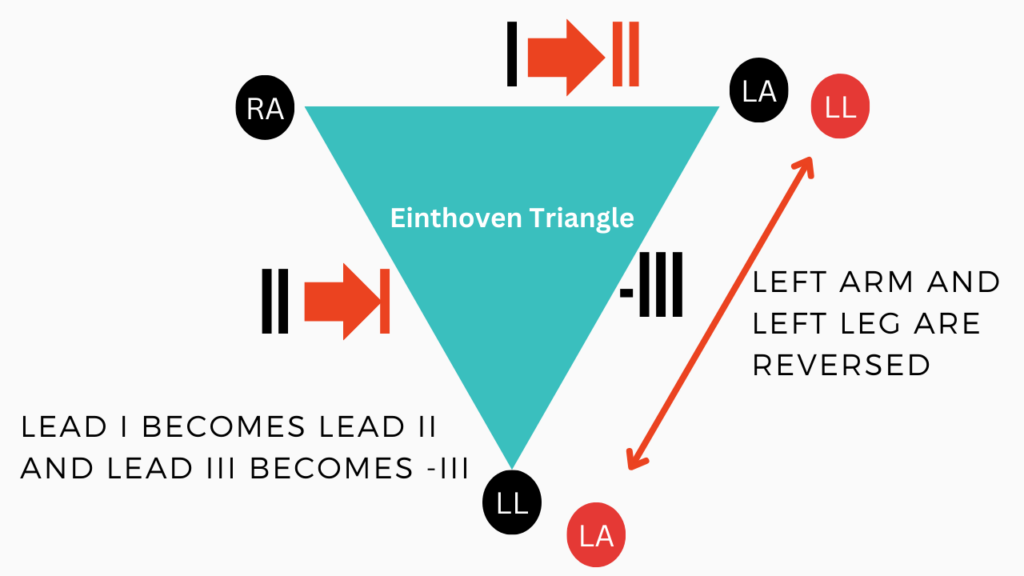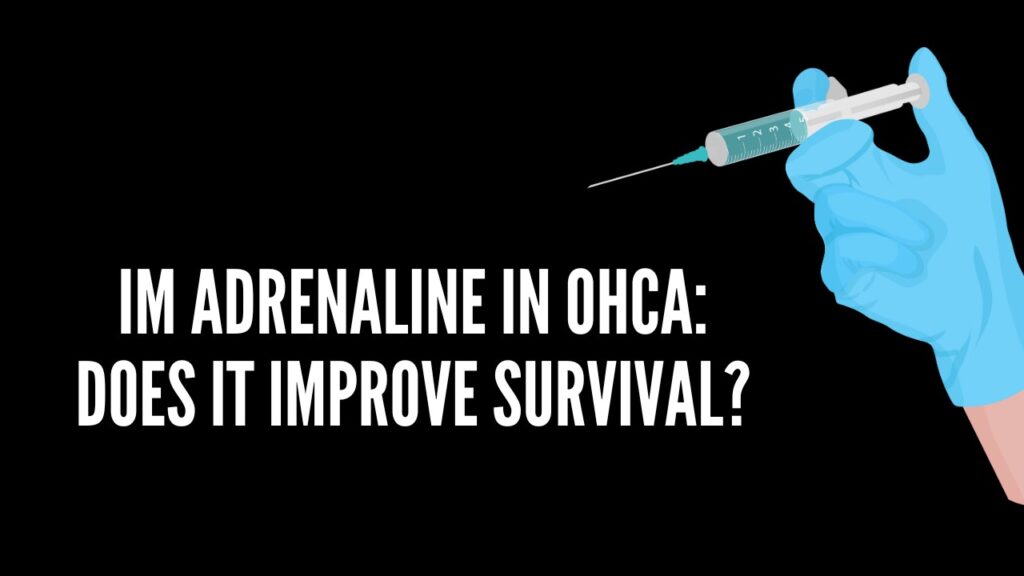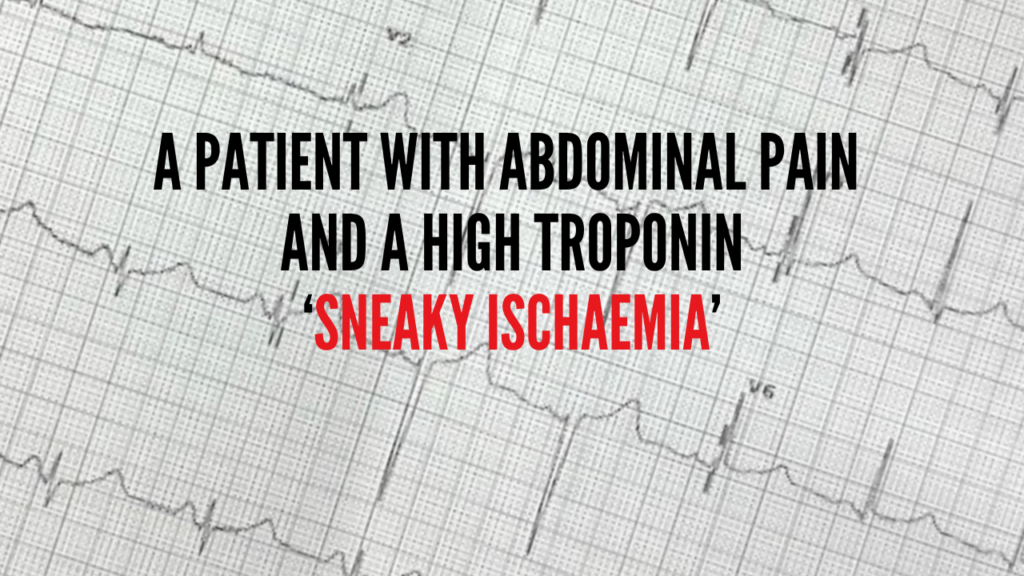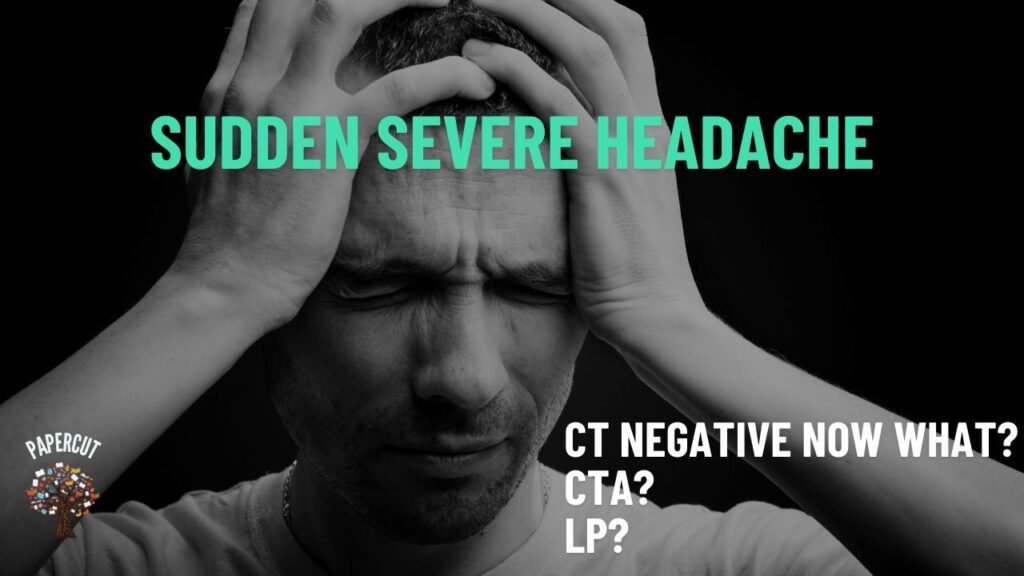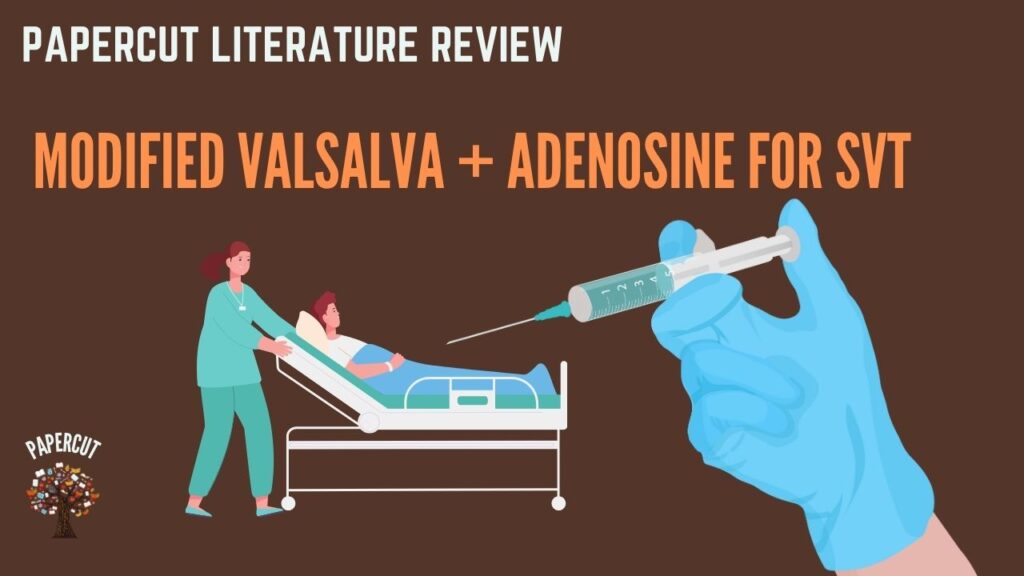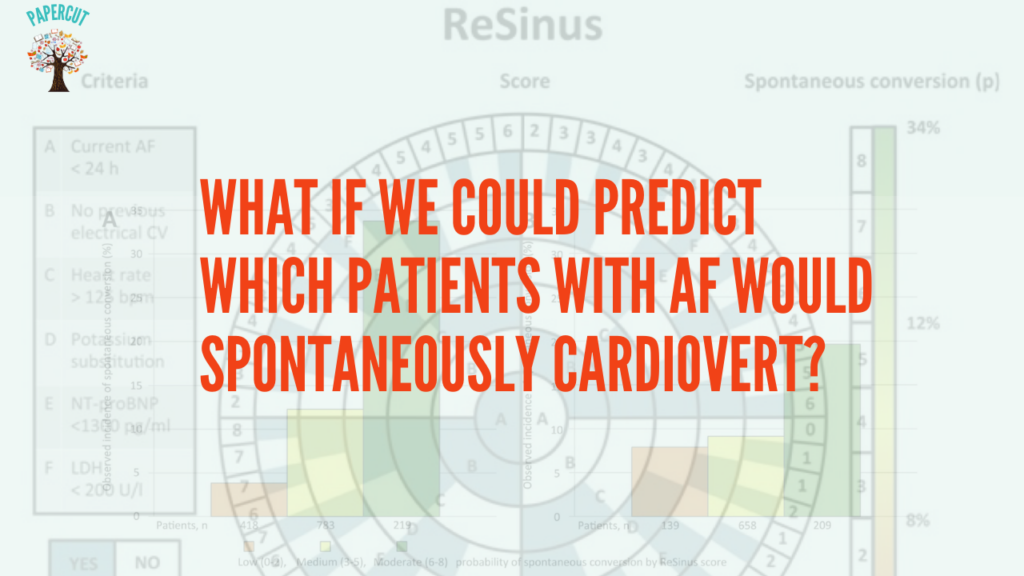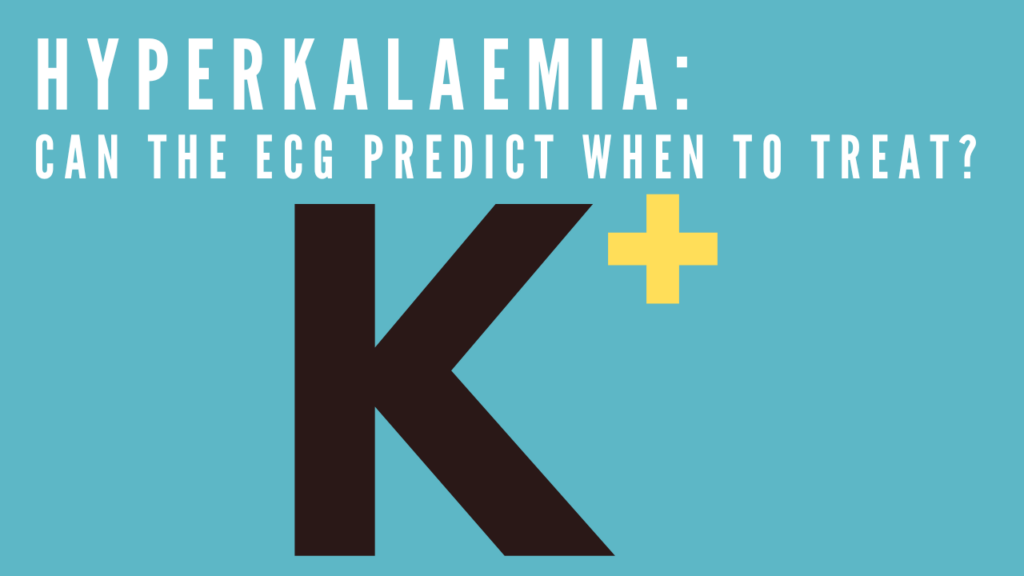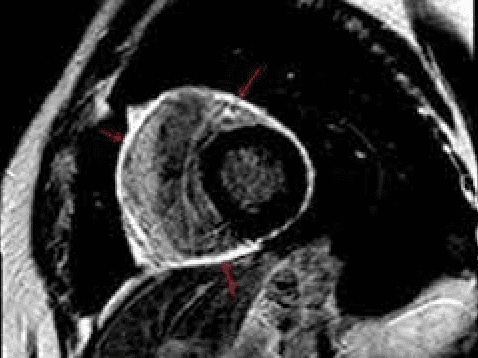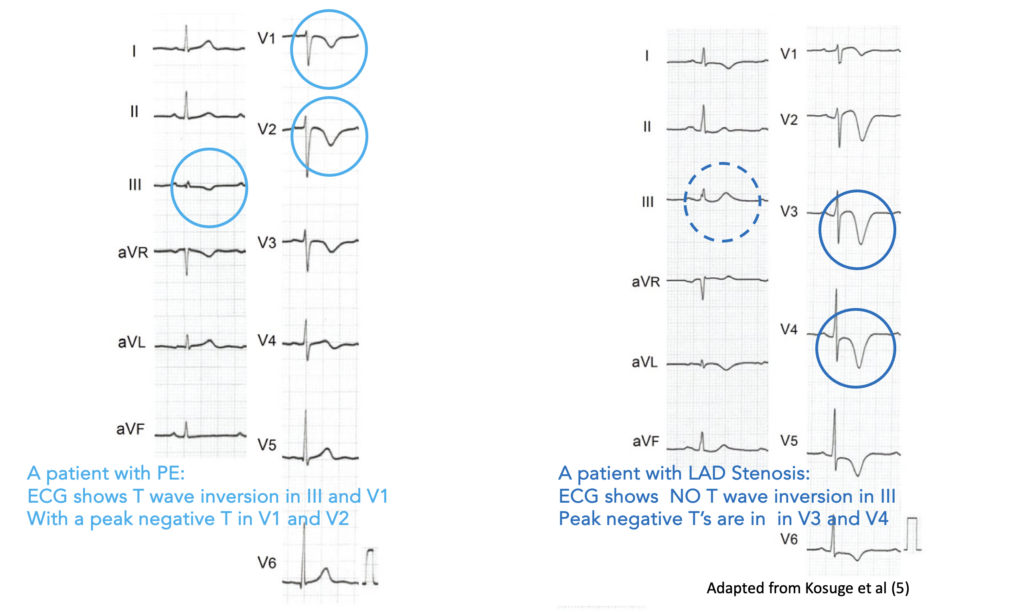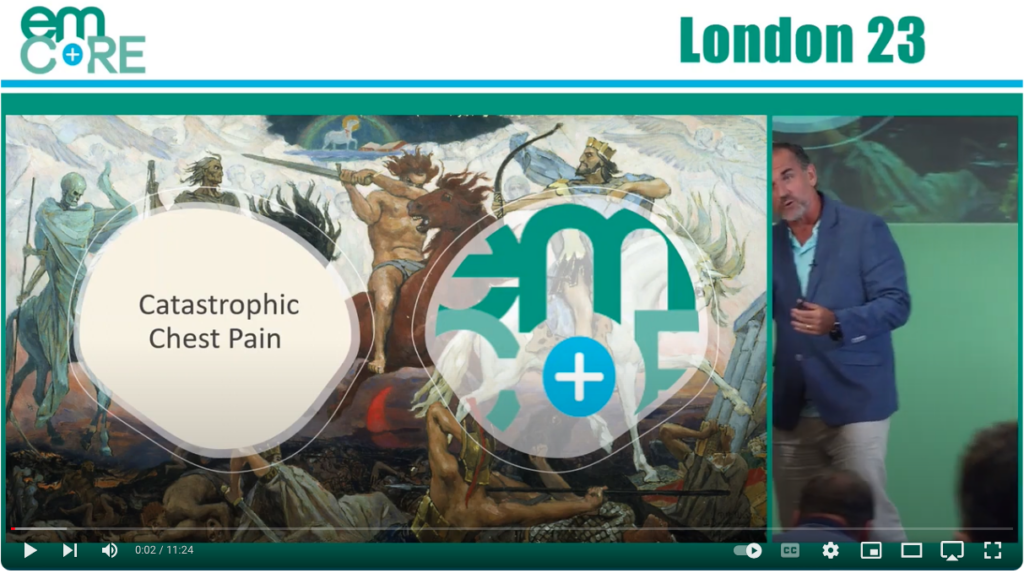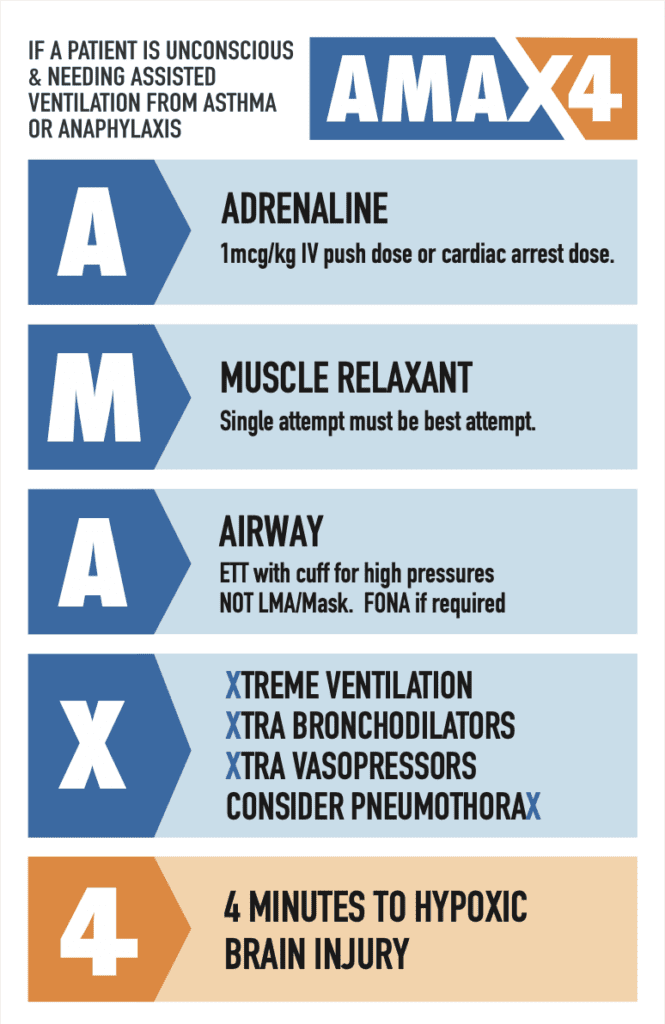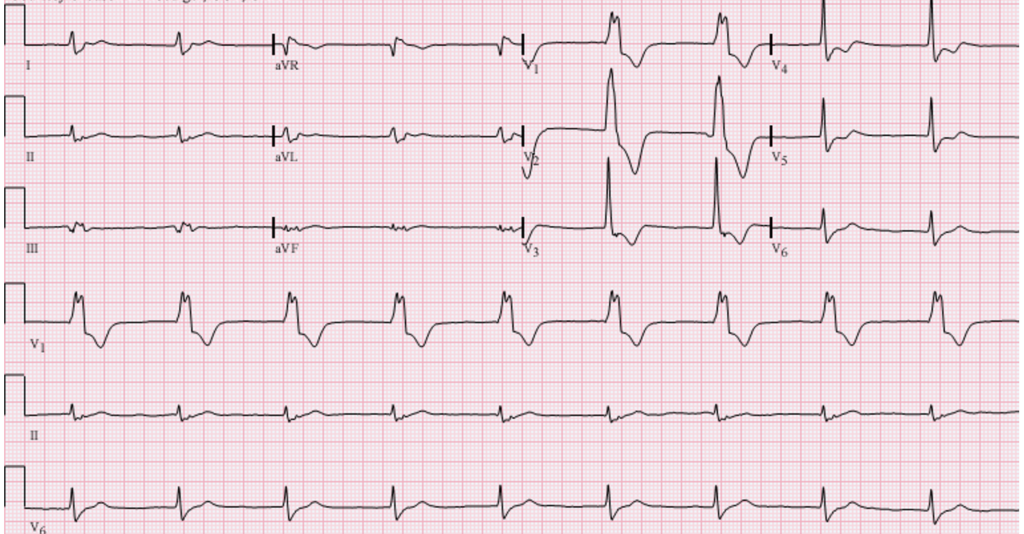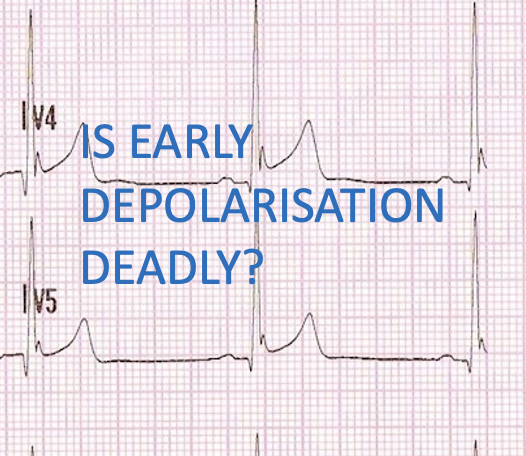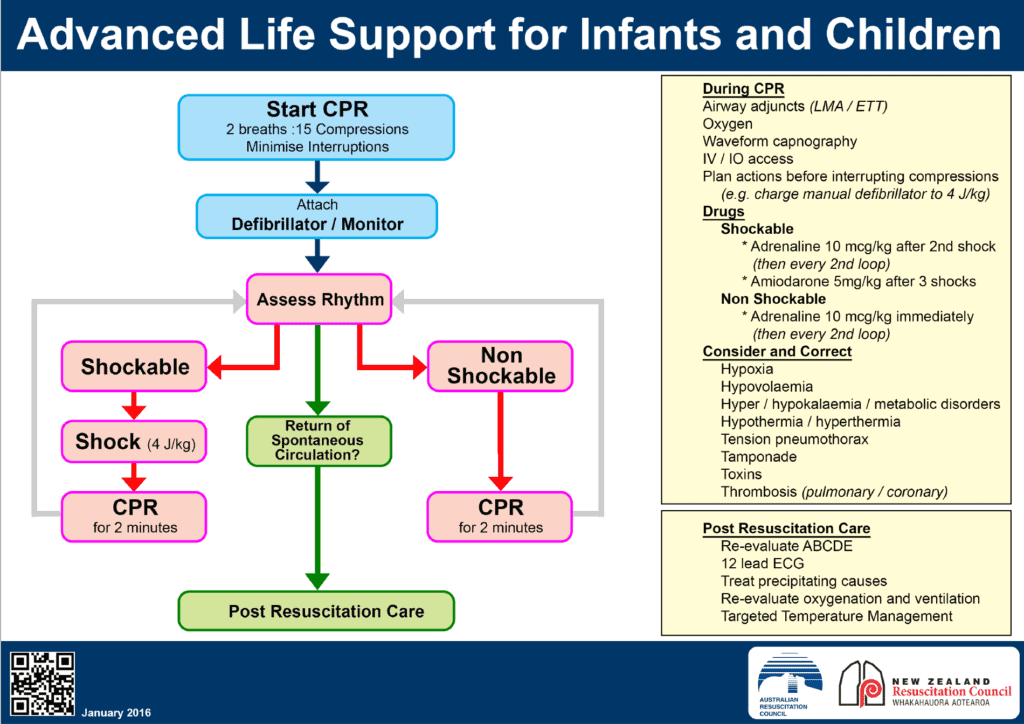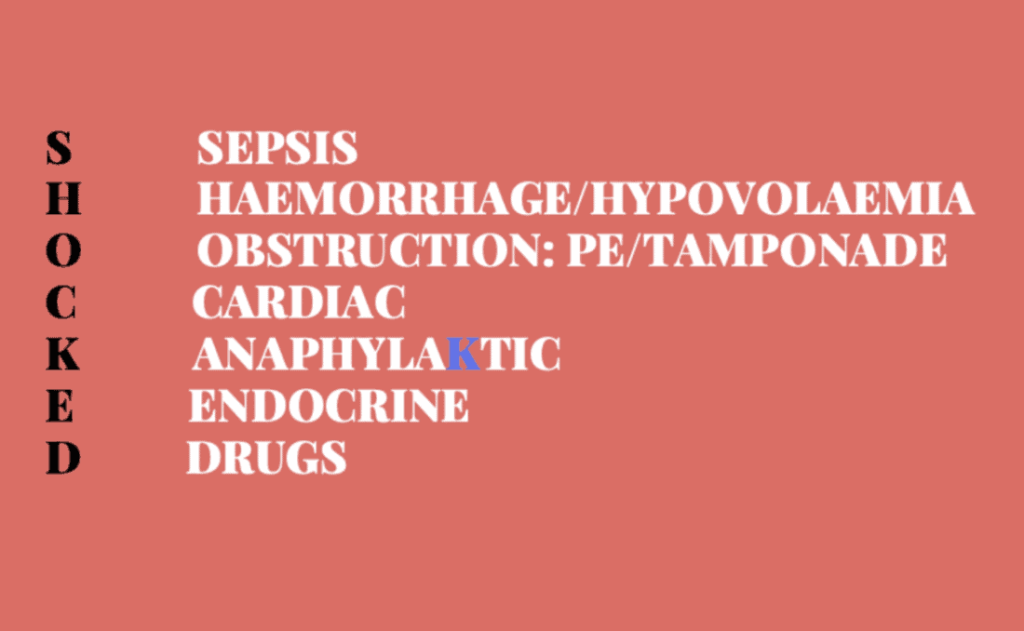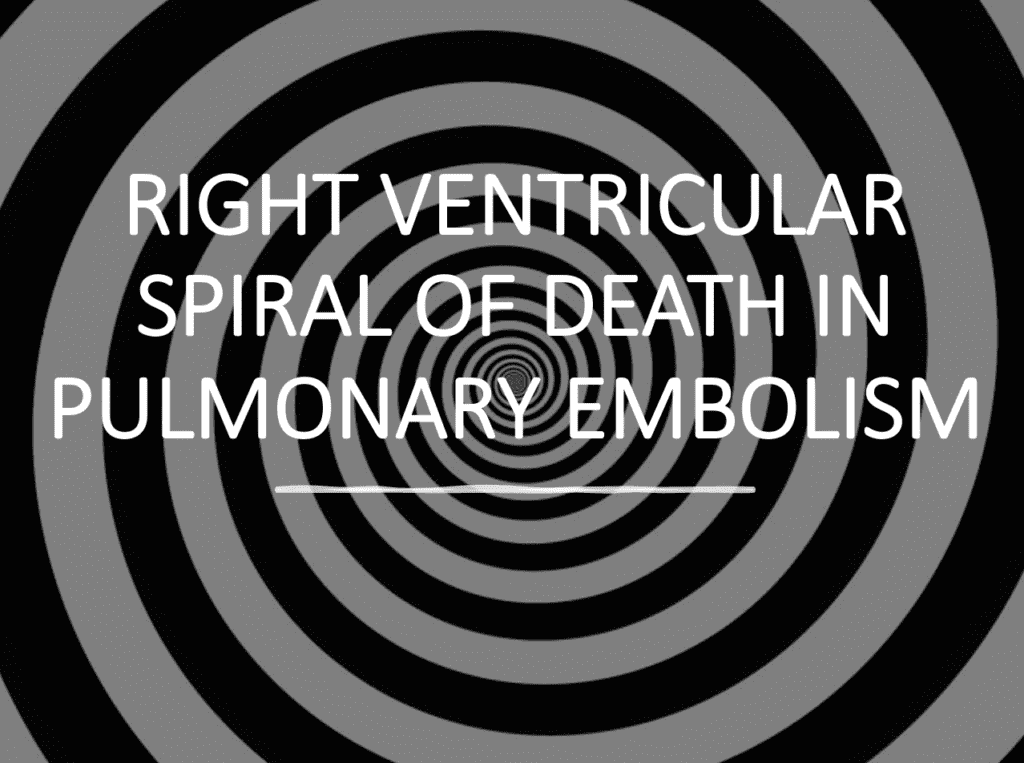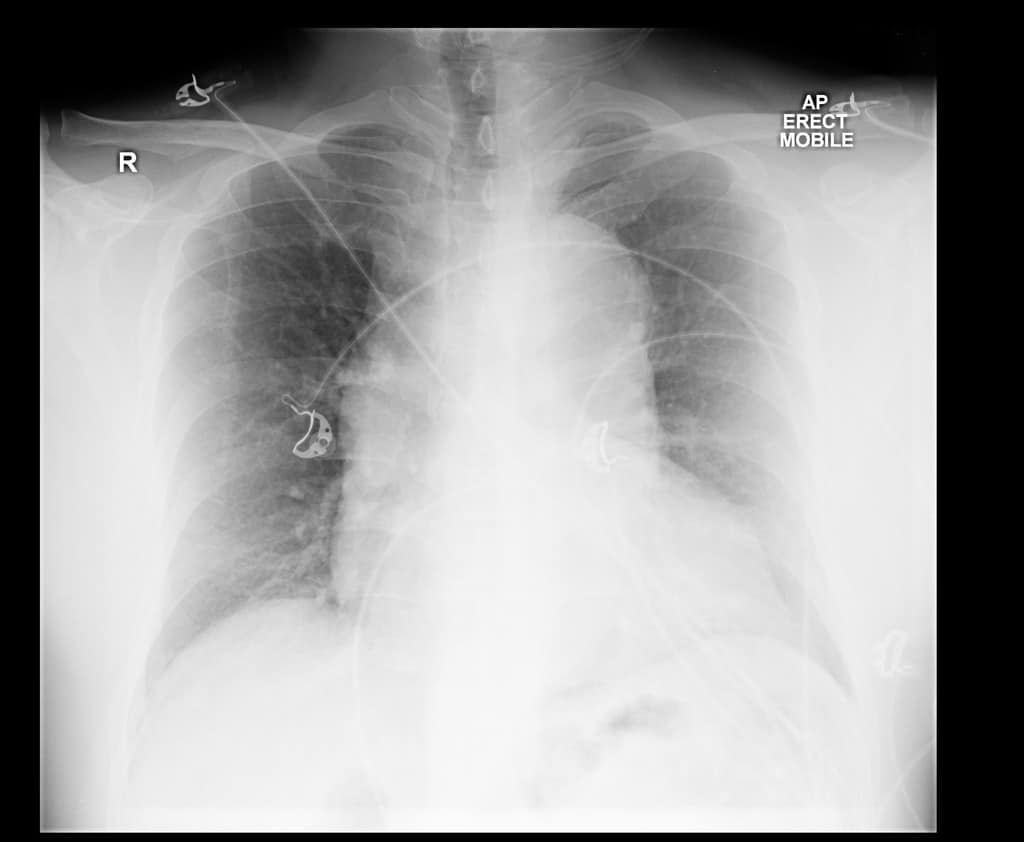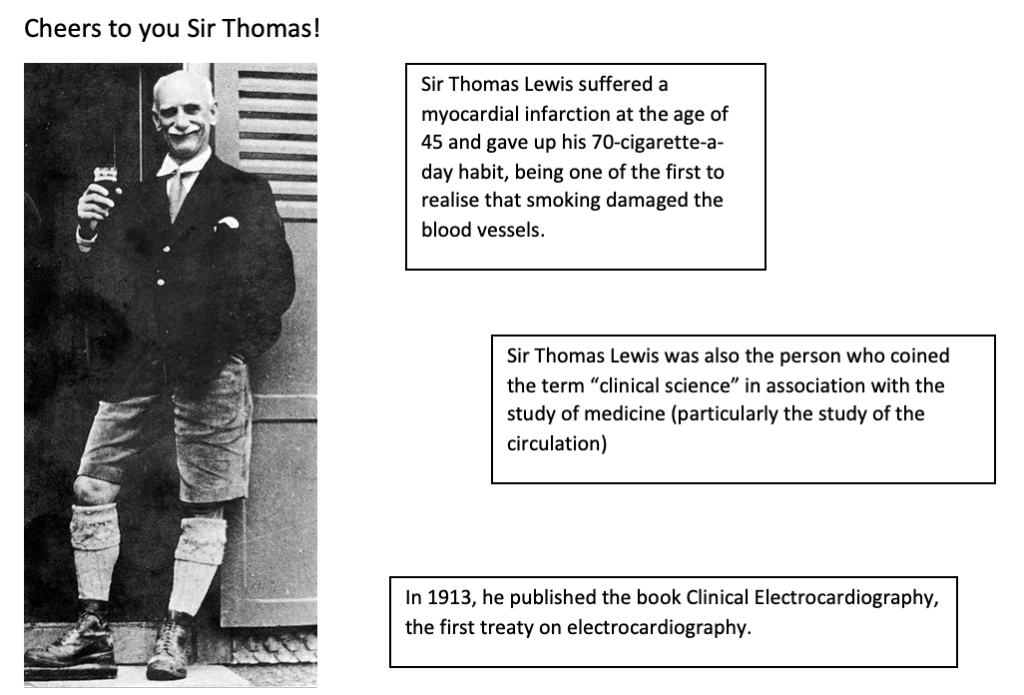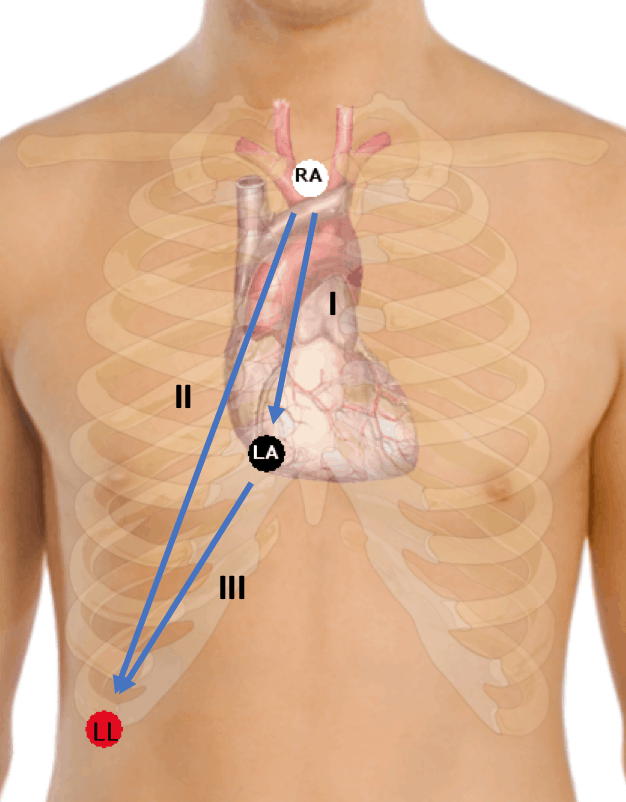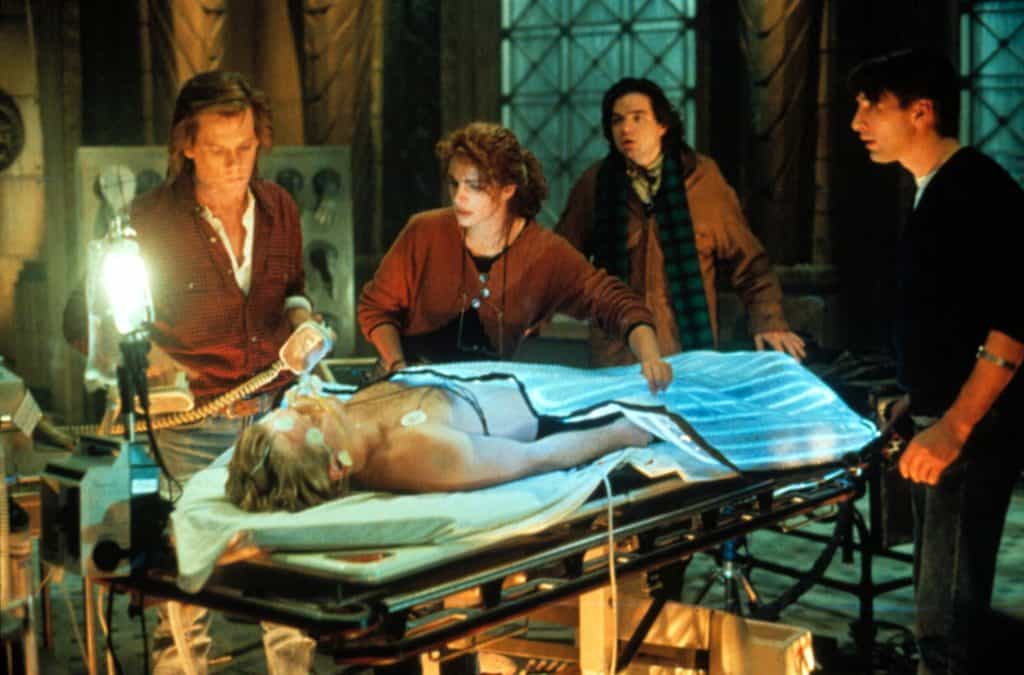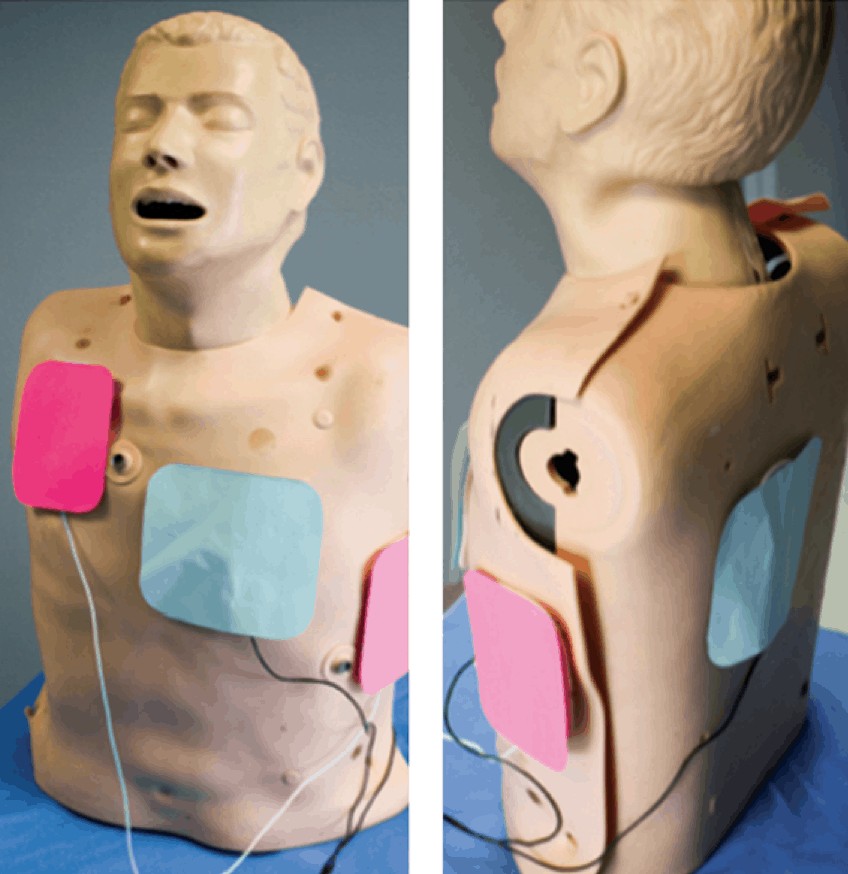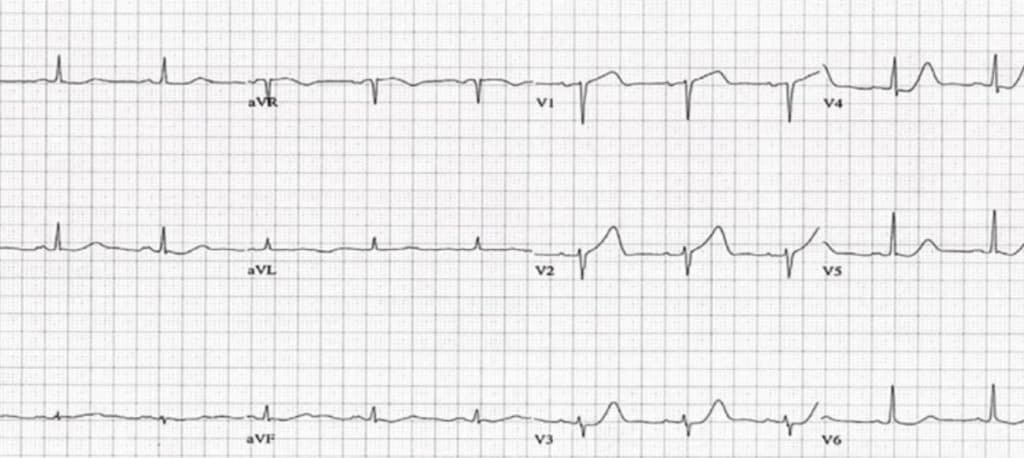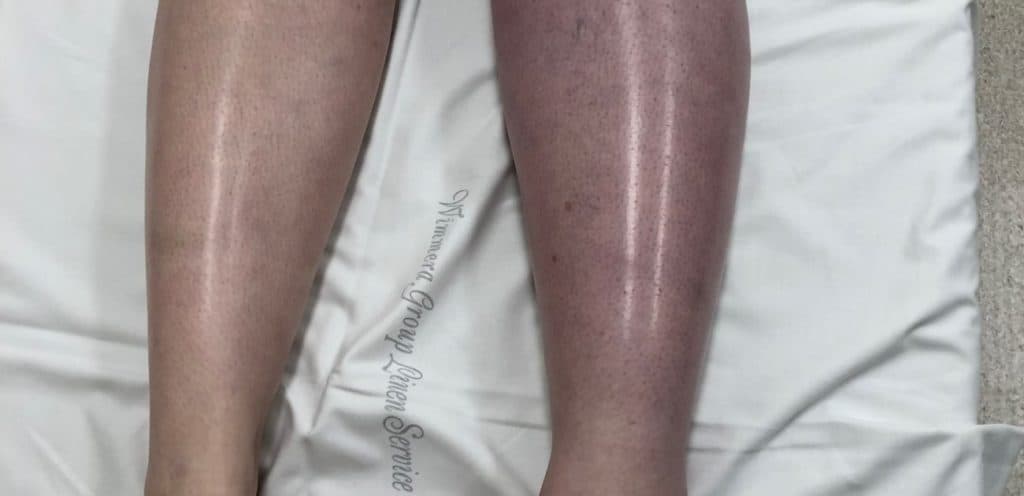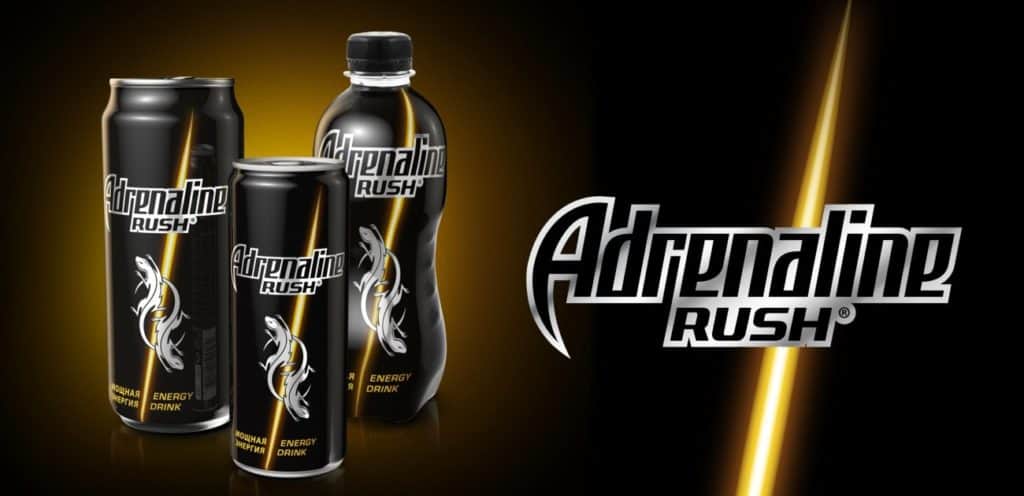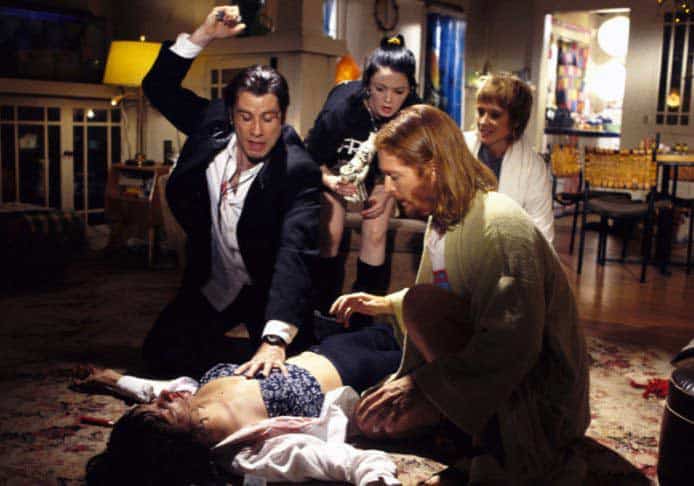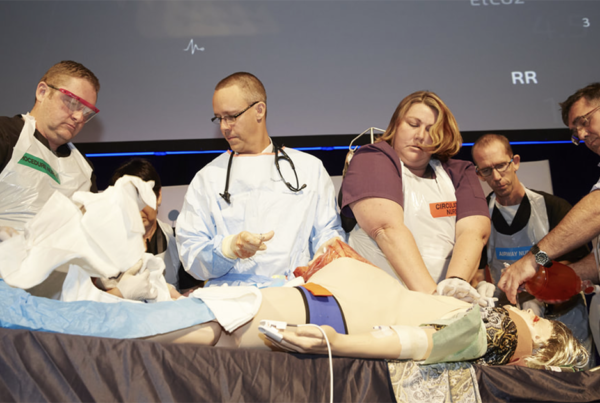Practical emergency medicine
Cardiovascular
Subscribe For FREE Regular Updates In Your Inbox.
Get notified on all upcoming Conferences PLUS our Webcasts, Education Newsletters, & more!
Filter
AllAAAabdominal aortic aneurysmaccessory pathwayaclsaction potentialacute ischaemiaadenosineadrenalineadrenergic receptor agonistsage-adjusted d-dimeramiamiodaroneand pulseless activity or asystole.antigoagulationAortic Thoracic Dissectionarrhythmiaarrhythmogenic right ventricular dysplasiaasystoleatrial activityatrial fibrillationatrial fibrillation and wolfs-parkinson-whiteatrial flutter and wolfs-parkinson-whiteatypical chest painav dissociationballoon pumpbenign early depolarisationBERbiphasic T wavesBoston syncope rulebraggedbrugada signbrugada syndromebundle branch blocksbundle of kentcanadian syncope risk scorecapture beatscardiac arrestcardiac chest paincardiac MRIcardiac myocytescardiac pacingcardiac physiologycardiac shockcardiac tamponadecardiomyopathycardiopulmonary resuscitationCardiovascularcariogenic shockcauses of bigeminychest paincomplete heart blockcomplete heart block treatmentcongenital heart conditionscontrast induced nephropathycoved ecgcrashing atrial fibrillationcriteria for VTcritical LAD stenosisCTPAD-dimerd-dimer cut-offd-dimer for pulmonary embolismde Winter T wavesde Winter's T wavesdecade adjusted d-dimerdeep venous thrombosisdefecation syncopedefibrillationdextrocardiadiabetes and chest paindobutaminedopaminedouble sequential external defibrillationdrugs in pregnancyDVTecg of syncopeECG's of Syncopeelectrolytesendomyocardial biopsyescape rhythmsfish hookfriction rubfusion beatsGRACEheart failureHeart ScorehyperkalaemiaHyperkalaemia ecghypertrophic cardiomyopathyhypothermiainotropes for atrial fibrillationinverted U wavejosephson's signLeft ventricular ejection fractionlethargy in the elderlylewis leadlimb lead reversallong QTloss of P wavelow risk chest painlow risk pulmonary embolismmagnesium sulphatemalperfusion syndromeManagement of wolfs-parkinson-whitemassive PEmechanical over ventilationmicturition syncopeMOPETT TrialMoritz IMoritz IImyocarditismyopericarditisneurocardiogenic syncopeNOACnon-cardiac chest painnon-sustained ventricular tachycardianoradrenalineOasis risk scoreorthostatic hypotensionoutflow obstructionpacemaker malfunctionpacingpaediatric cardiologypaediatric ecgPEPEApeaked T wavespediatric cardiologyPEITHO Trialpericardial effusionpericarditisperimyocarditsPESIPESIT studyphase 0phase 1phase2pleuritic painpointpolymorphic tachycardiaposition of pain in thoracic dissectionpr depressionPR interval prolongationpre-excitationpregnancypresyncopeprocainamideprocainamide vs amiodaronePROCAMIOpseudo ST elevationpseudo-STEMIPseudo-Wellen's Syndromepseudo-Wellenspulmonary embolismpulseless electrical activityPURSUITQRS prolongationquadrigeminyrabbit's earrapid rule out chest painrefluxright arm painright heart strainrisk factorsrisk factors for thoracic dissectionrisk stratificationrunaway pacemakerS1Q3T3saddle-backsan francisco syncope rulesegmental thrombusseizureshockshortness of breathsituational syncopespiked helmet signSpodick SignSpodick's SignSTEMISTEMI equivalentsstroke risk in atrial fibrillationsubarachnoid haemorrhagesubmassive PEsudden collapsesudden loss of consciousnesssupraventricular tachycardiasupreventricular tachycardiasustained VTSVTSVT with a LBBBSVT with Aberrancysymptoms of syncopesyncopesyncope in childrensyncope in the elderlysyncope plussyncope scoressystolic murmust wave inversiont wave inversion in childrentall U wavetension pneumothoraxThe Rose scorethoracic aortic dissectionthrombolysis in PETIMITIMI ScoreTP linetransvenous pacingtreatment of ventricular tachycardiatrigeminytrio-ventricular re-entry tachycardiatroponintype A wellnesstypeB Wellensu waveunstable atrial fibrillationupright T wave in V1V/Qvagal manoeuvrevagal manoeuvresvast-vagalvenous thromboembolismventricular bigeminyventricular tachycardiaverapamilVTVT treatmentVT vs SVT with AberrancyWellen's SyndromeWellens waveswidened mediastinumWidow makerwolf parkinson whitewolff-parkinson-whiteWPW with antidromic Conduction“sine wave” configuration
Do we need arterial lines in shock? The EVERDAC TrialBlogResuscitationShock
Do we need arterial lines in shock? The EVERDAC Trial
Do we need arterial lines in shock, or is non-invasive blood pressure monitoring adequate? There…
The PEACE Trial: ST Elevation post Cardiac ArrestBlogECG Of The WeekResuscitationSTEMI
The PEACE Trial: ST Elevation post Cardiac Arrest
What is the rate of coronary occlusion in out of hospital cardiac arrest (OHCA)? We…
Femoral Artery Ultrasound in Cardiac ArrestBlogCardiac ArrestCardiac Resuscitation
Femoral Artery Ultrasound in Cardiac Arrest
The Study Cohen AL et al. Femoral artery Doppler ultrasound is more accurate than manual…
Can D-dimer rule out Acute Aortic Syndrome?BlogCardiologyCardiovascular
Can D-dimer rule out Acute Aortic Syndrome?
Patients with acute aortic syndrome, may be very difficult to diagnose. Patients who present with…
EPIC Trial: Pad placement for AF CardioversionArrhythmiasBlogCardiology
EPIC Trial: Pad placement for AF Cardioversion
When cardioverting patients in new atrial fibrillation, we want our first attempt to be our…
STEMI Equivalents 2025BlogCardiologyECG
STEMI Equivalents 2025
STEMI Equivalents 2025 The 2025 Australian ACS Guidelines have just been published. Brieger, D, Cullen,…
Can we distinguish refractory VF from other types of VF?BlogResuscitation
Can we distinguish refractory VF from other types of VF?
Poor clinical outcomes occur in patients with refractory Ventricular Fibrillation (VF), which is defined as…
PEA: Let’s stop using thisBlogPaediatric Resuscitation
PEA: Let’s stop using this
Pulseless electrical activity (PEA) and asystole have a special place in our ACLS algorithm. The…
Subsegmental Pulmonary EmbolismBlogCardiology
Subsegmental Pulmonary Embolism
How do you manage the patient with subsegmental pulmonary embolism(SSPE) or the incidental finding of…
Learnings from EMCORE Sydney 2025BlogEMCORE
Learnings from EMCORE Sydney 2025
EMCORE Sydney 2025 was a great conference full of learning. Here are just a few…
Abdollah’s ECG Sign and Limb Lead misplacementBlogECGECG LibraryECG Of The Week
Abdollah’s ECG Sign and Limb Lead misplacement
A patient in their 50's presents with 6 hours of chest pain and diaphoresis. The…
IM Adrenaline in OHCABlogCardiac Resuscitation
IM Adrenaline in OHCA
Adrenaline is recommended for all cardiac arrests not due to shockable rhythms and is associated…
A patient with Abdominal PainBlogCardiologyECG Of The Week
A patient with Abdominal Pain
A 58 yo patient presents with abdominal pain. No cause is found for the pain,…
Diagnostic Testing for Suspected SAH in the EDBlogNeurosurgery
Diagnostic Testing for Suspected SAH in the ED
Non-traumatic subarachnoid haemorrhage (SAH) accounts for 5% of acute headache presentations to the emergency department.…
Modified Valsalva plus Adenosine for reverting SVTBlogCardiologySVT
Modified Valsalva plus Adenosine for reverting SVT
Paroxysmal Supraventricular Tachycardia (PSVT), is a non-ischaemic tachyarrhythmia, with which patients, not uncommonly, present to…
Magnesium in Atrial Fibrillation: Does it Cardiovert ?BlogCardiologyECG Of The Week
Magnesium in Atrial Fibrillation: Does it Cardiovert ?
A 63 yo patient presents to the emergency department at 11pm at night in new…
Adrenaline vs Noradrenaline post ResuscitationBlogBradycardiaCardiac ArrestCardiac ResuscitationResuscitationUncategorized
Adrenaline vs Noradrenaline post Resuscitation
Up to one third of patients with out-of-hospital cardiac arrest(OHCA) have impaired myocardial contractility and…
Predicting Spontaneous Reversion of New Atrial FibrillationBlogCardiology
Predicting Spontaneous Reversion of New Atrial Fibrillation
What if we could predict which patients with recent onset of atrial fibrillation are more…
Hyperkalaemia: Can the ECG predict when to treat?BlogECG Of The Week
Hyperkalaemia: Can the ECG predict when to treat?
A 65 yo patient with a history of hypertension and mild renal impairment, presents to…
Inotropes and Vasopressors in Shock: Which one would you use?BlogCardiac Resuscitation
Inotropes and Vasopressors in Shock: Which one would you use?
How do we choose the right pressor in shock? Below is a brief discussion…
Is this VT or SVT?BlogECG Of The Week
Is this VT or SVT?
The CASE A 45 yo male is brought in by ambulance. They have been called…
A Case of Electrical StormArrhythmiasBlogCardiac ArrestVentricular Tachycardia
A Case of Electrical Storm
The CASE A 58 yo patient has called the ambulance, as he is having palpitations…
PericarditisBlogCardiology
Pericarditis
CASE A 32 yo patient presents with a one week history of chest pain. The…
Pulmonary EmbolismBlogCardiologyRespiratory
Pulmonary Embolism
CASE A 64 yo patient is referred to the emergency department(ED) with a persistent tachycardia.…
Can the ECG help us differentiate PE from ACS?BlogCardiologyECG Of The WeekUncategorized
Can the ECG help us differentiate PE from ACS?
Pulmonary embolism(PE) and Acute Coronary Syndrome(ACS) causing ischaemia can sometimes be difficult to clinically differentiate.…
Acute Aortic SyndromeBlogCardiology
Acute Aortic Syndrome
Here is a lecture from the very talented and entertaining Prof Joe Nameth, who spoke…
Adrenaline: Which is the best dose to use?BlogCardiac ArrestResuscitation
Adrenaline: Which is the best dose to use?
Adrenaline is the most used drug in cardiac arrest. However we aren't quite sure what…
AMAX4 Algorithm for Anaphylaxis and AsthmaAdvanced Airway TopicsAirwayAnaphylaxisBlogCardiac ArrestCardiac ResuscitationUncategorized
AMAX4 Algorithm for Anaphylaxis and Asthma
AMAX4 is a treatment algorithm for anaphylaxis and asthma resuscitation. It was developed by emergency…
Reperfusion ArrhythmiasBlogECG Of The Week
Reperfusion Arrhythmias
A 68 yo patient presents with two hours of central chest pain and dyspnoea and…
Amiodarone vs Lidocaine(Lignocaine) for VT/VF in-hospital cardiac arrestBlogCardiac ResuscitationResuscitation
Amiodarone vs Lidocaine(Lignocaine) for VT/VF in-hospital cardiac arrest
Amiodarone has been the first line therapy for VT/VF since 2000. At that time it…
Early Depolarisation and Sudden Cardiac DeathBlogCardiology
Early Depolarisation and Sudden Cardiac Death
A 28 yo patient presents to the emergency department following a syncopal episode. The patient…
Paediatric ResuscitationBlogPaediatric ResuscitationPediatric Resuscitation
Paediatric Resuscitation
Paediatric Resuscitation is stressful. However if we remember a few small points, it makes it…
52 yo with chest pain an hypotensionBlogCardiac ResuscitationCardiologyCardiovascular
52 yo with chest pain an hypotension
INTERESTING CASE WITH A TWIST. Read the case or watch the video. https://youtu.be/bj5-STj8Pok 52…
Capnography to guide ventilation in cardiac arrestAirwayBlog
Capnography to guide ventilation in cardiac arrest
The End tidal CO2 (ETCO2), is measured at the end of expiration and used to…
NOACs and a Patient with PalpitationsBlogCardiology
NOACs and a Patient with Palpitations
Below is a case of a 60 yo patient with palpitations, who is commenced on…
The Right Ventricular Spiral of DeathBlogCardiac ResuscitationCardiovascularpulmonary embolism
The Right Ventricular Spiral of Death
The right ventricular spiral of death in PE is very real and very scary. We…
Inotropes and Vasopressors: Which one would you use?BlogCardiac Resuscitation
Inotropes and Vasopressors: Which one would you use?
Below are 2 cases we have all been confronted with, in the Emergency Department. Which…
Is it Thoracic Aortic Dissection?BlogCardiologyECGUncategorized
Is it Thoracic Aortic Dissection?
The Case A 58 yo patient presents to the emergency department with central crushing chest…
Risk Stratification of Sudden HeadacheBlogNeurology/NeurosurgeryNeurosurgery
Risk Stratification of Sudden Headache
This week we try something different. I interview the lead author of a recent paper…
5 Things you Must do when Patients Present with SyncopeBlogCardiologyECG
5 Things you Must do when Patients Present with Syncope
Patients who present to the emergency department following a syncopal episode can be a diagnostic…
Cardioversion in Pregnancy: Is it Safe?BlogCardiologyCardiovascularObstetrics and GynaecologyResuscitation
Cardioversion in Pregnancy: Is it Safe?
Is cardioversion safe in the pregnant patient? A CASE A 24 yo female patient presents…
Is SVT an ischaemic arrhythmia?BlogCardiologyECGECG in 20 secondsECG Of The Week
Is SVT an ischaemic arrhythmia?
We often see patients presenting with SVT. They often have ST changes, so we have…
Dextrocardia: Can you pick it on ECG?BlogCardiologyECG
Dextrocardia: Can you pick it on ECG?
This is a great case that highlights how important it is, to know how to…
An Ominous ECG SignBlogCardiologyECG
An Ominous ECG Sign
This is a fantastic case to learn from for a recent Circulation article(1) titled 'An…
Double Sequential External Defibrillation for Atrial FibrillationBlogCardiac ResuscitationCardiology
Double Sequential External Defibrillation for Atrial Fibrillation
We know that Double Sequential(DSED) External Defibrillation has been used primarily for the treatment of…
Guidelines for the Diagnosis and Management of DVT and PEBlogCardiologyRespiratory
Guidelines for the Diagnosis and Management of DVT and PE
This is a review of the updated guidelines on Diagnosis and Management of DVT and…
How to Read the CTPAFellowship ExamRadiologyRespiratoryUncategorized
How to Read the CTPA
CTPA's are sometimes quite confusing to read. A simple approach, based on differentiating the anatomy…
ECG predictors of Cardiac Arrhythmias in Elderly with SyncopeBlogCardiologyECG
ECG predictors of Cardiac Arrhythmias in Elderly with Syncope
CASE A 72 yo woman presents to your emergency department following an episode of syncope.…
Slow Atrial Fibrillation or Complete Heart Block: Lewis lead to the rescueBlogCardiologyECG
Slow Atrial Fibrillation or Complete Heart Block: Lewis lead to the rescue
A 90-year-old gentleman presents via ambulance to the ED. He has suffered a presyncopal episode…
Resuscitation Literature Review October 2019BlogCardiac ResuscitationResuscitation
Resuscitation Literature Review October 2019
This week, I wanted to quickly review some of the latest resuscitation literature. Let's look…
The Lewis LeadBlogCardiologyECGECG in 20 secondsECG Of The Week
The Lewis Lead
The Lewis lead(1), is a means of detecting atrial activity and can be used where…
Brugada SyndromeBlogCardiologyECGECG's I've Seen
Brugada Syndrome
A 25 year old male presents to the emergency department following a near syncopal episode.…
11 Things to Maximise Adult Cardiac ResuscitationBlogCardiac ResuscitationCardiology
11 Things to Maximise Adult Cardiac Resuscitation
INTRODUCTION I was recently speaking with a colleague, about a recently published paper on ‘ideal’…
Double Sequential External DefibrillationBlogCardiac ResuscitationResuscitationUncategorized
Double Sequential External Defibrillation
Double Sequential External Defibrillation(DSED) is a means of administering sequential shocks to terminate shock resistant…
Runaway Pacemaker and Lethal ArrhythmiaBlogCardiology
Runaway Pacemaker and Lethal Arrhythmia
A potential complication of a failing pacemaker, is a condition known as 'Runaway Pacemaker'. Below…
Hypertensive Emergencies and how to treat themBlogCardiovascular
Hypertensive Emergencies and how to treat them
Hypertensive emergencies are defined as sudden and prolonged increases in the arterial blood pressure, with…
The U wave and the ECG: Don’t miss thisBlogCardiologyCardiovascular
The U wave and the ECG: Don’t miss this
The U wave is an often ignored deflection on the ECG. It is usually <…
Is there anything New in Cardiac Failure?Cardiovascular
Is there anything New in Cardiac Failure?
https://player.vimeo.com/video/220271573 In this video, A/Prof Kas looks at the new guidelines on heart failure and…
Should we bring Bretylium back in cardiac arrest?BlogCardiac ResuscitationResuscitation
Should we bring Bretylium back in cardiac arrest?
Following a brief presentation at EMCore Hong Kong in April of this year, that challenged…
Upright T wave in V1BlogCardiologyCardiovascularECG
Upright T wave in V1
A 65 year old woman presents with a 20 minute episode of chest pain. Her…
Syncope in ChildrenBlogCardiologyCardiovascularPaediatrics
Syncope in Children
Syncope is not uncommon, occurring in up to 25% of children. Most causes are benign,…
HEAD-UP CPRBlogCardiac ResuscitationResuscitation
HEAD-UP CPR
Image Source: jems.com You may have heard of Head-Up CPR as a new approach to…
Phlegmasia Cerulean DolensBlogVascular
Phlegmasia Cerulean Dolens
CASE A 35 yo woman presents with a painful blue swollen leg, that occurred rapidly,…
Will Paramedic-2 change my practice?BlogCardiac ResuscitationResuscitation
Will Paramedic-2 change my practice?
If you haven’t caught the newly published Paramedic-2 trial, here’s a brief rant that tells…
Using Adrenaline the right way in Cardiac ResuscitationBlogCardiac ResuscitationCardiologyCardiovascularResuscitation
Using Adrenaline the right way in Cardiac Resuscitation
ADRENALINE AND CARDIAC RESUSCITATION How much to use, when to use it and when not…
Paediatric Heart Conditions You MUST KNOWBlogCardiologyCardiovascularPaediatrics
Paediatric Heart Conditions You MUST KNOW
Congenital heart conditions present at birth, but can also present within the first month of…
Upcoming Events:
Subscribe For FREE Regular Updates In Your Inbox.
Get notified on all upcoming Conferences PLUS our Webcasts, Education Newsletters, & more!
Latest Articles
Far far away, behind the word mountains, far from the countries Vokalia and Consonantia, there live the blind texts separated.
Do we need arterial lines in shock? The EVERDAC Trial screenshot-2025-12-05-at-3-10-21-pm
screenshot-2025-12-05-at-3-10-21-pm
 screenshot-2025-12-05-at-3-10-21-pm
screenshot-2025-12-05-at-3-10-21-pm
Blog
Do we need arterial lines in shock? The EVERDAC Trial
Do we need arterial lines in shock, or is non-invasive blood pressure monitoring adequate? There…
Paediatric Heart Conditions You Must Know 80b7085-4cae-160a-b366-d5a131d1314_31719cec-c71d-4d88-9596-51206081dc42
80b7085-4cae-160a-b366-d5a131d1314_31719cec-c71d-4d88-9596-51206081dc42
 80b7085-4cae-160a-b366-d5a131d1314_31719cec-c71d-4d88-9596-51206081dc42
80b7085-4cae-160a-b366-d5a131d1314_31719cec-c71d-4d88-9596-51206081dc42
Blog
Paediatric Heart Conditions You Must Know
In Paediatric Heart Conditions you must know, I look at the most basic of paediatric…
The PEACE Trial: ST Elevation post Cardiac Arrest 7eefce5-3067-f25d-32ac-1d1057a704f_20ade974-2cf3-468b-af38-25f831114988
7eefce5-3067-f25d-32ac-1d1057a704f_20ade974-2cf3-468b-af38-25f831114988
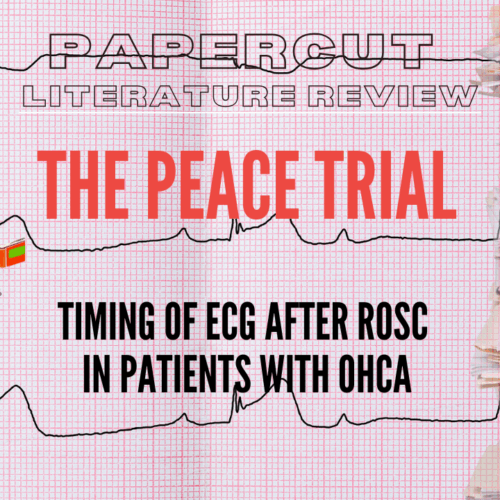 7eefce5-3067-f25d-32ac-1d1057a704f_20ade974-2cf3-468b-af38-25f831114988
7eefce5-3067-f25d-32ac-1d1057a704f_20ade974-2cf3-468b-af38-25f831114988
Blog
The PEACE Trial: ST Elevation post Cardiac Arrest
What is the rate of coronary occlusion in out of hospital cardiac arrest (OHCA)? We…
Should we target a higher MAP in Septic Shock? templates-for-em-mastery-3-2
templates-for-em-mastery-3-2
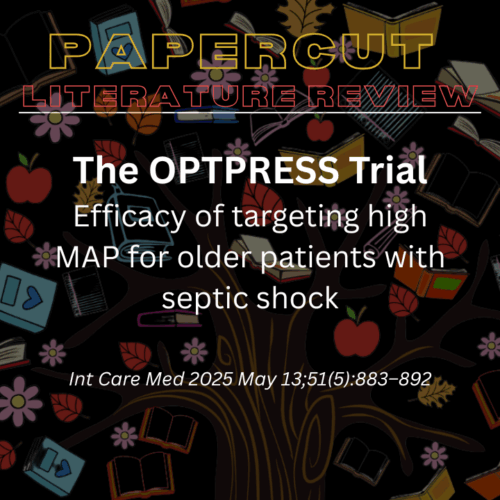 templates-for-em-mastery-3-2
templates-for-em-mastery-3-2
Blog
Should we target a higher MAP in Septic Shock?
Should we be targeting a higher MAP in that subset of patients with sepsis who…

